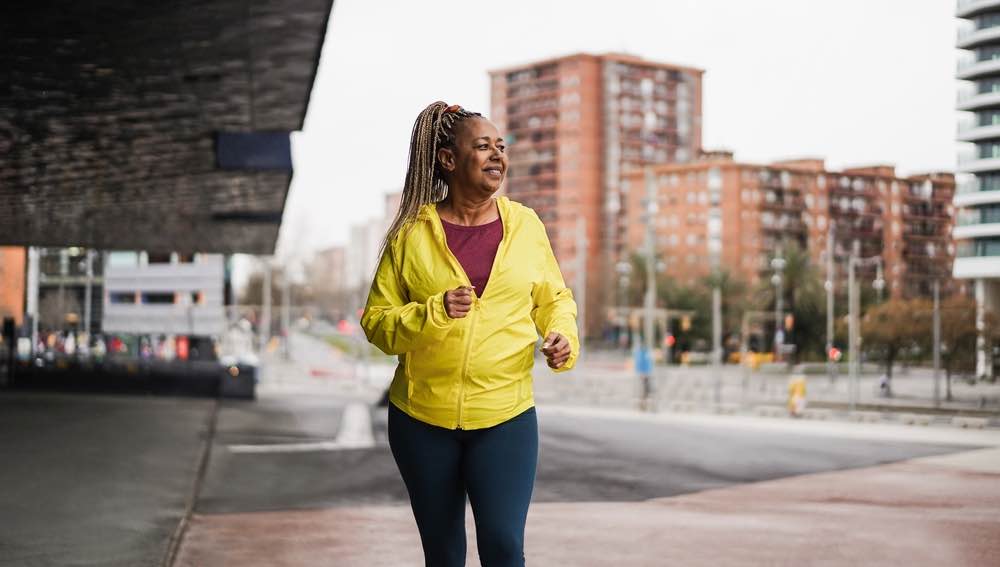Osteoporosis: What to Know
- Category: Health
- Published: Monday, 02 September 2024 09:08
- Joanne Wallenstein
 ( Submitted by Dr. Mythili Murthy, Endocrinology, Diabetes & Metabolism)
( Submitted by Dr. Mythili Murthy, Endocrinology, Diabetes & Metabolism)
As we get older, we lose bone mass—often gradually, and never noticeably. That’s why the condition of brittle bones, known as osteoporosis, is often called the “silent disease.” It progresses without symptoms until a bone easily breaks from a minor fall or even from something as ordinary as bending, lifting, or coughing. But osteoporosis doesn’t have to come as a surprise. Becoming familiar with your risk, warning signs, and preventative care can help you stay strong and prevent potential injuries.
Here, Dr. Mythili Murthy, Endocrinologist at White Plains Hospital Physician Associates, explains who is at risk for osteoporosis, shares strategies for prevention and detection, and notes the perks of personalized care. Here are tips to keep in mind:
1. Start to monitor during menopause. One of estrogen’s roles as a hormone is to regulate and replenish the production of new, healthy bone cells, explains Dr. Murthy. When estrogen levels decrease, usually starting at around age 50, bone density often follows suit. That’s why menopausal women are especially at risk. (For men, 70 is the age linked with a higher chance of osteoporosis.)
2. Cut back on smoking, alcohol, and coffee. “We know that smoking cigarettes and drinking excessive alcoholic or caffeinated beverages can hasten loss of bone density,” Dr. Murthy says. She advises no more than two cups of coffee per day to retain bone strength—or, if needed, to rebuild it.
3. Ask your doctor about scheduling a DEXA scan, an imaging test that assesses the density of your bones by measuring their mineral content. Results can indicate whether your bone density is normal,
slightly thin, or very thin. Slightly thin density is called osteopenia; very thin density indicates osteoporosis. DEXA scans should be repeated every one to two years.
4. Practice weight-bearing and strength-training exercises. Dr. Murthy recommends exercises such as walking, climbing stairs, or lifting weights for 30 minutes a day, three to four times a week. In terms of rebuilding bone strength, these are preferable to cardio exercises, she says.
5. Eat your spinach, drink your smoothie. “Calcium is among the most important minerals for strengthening bones. We recommend 1,200 mg a day, chiefly through the foods you eat,” says Dr. Murthy. You don’t have to pop extra calcium tablets if you’re having a daily cup of milk, a container of yogurt, a serving of leafy green vegetables, a handful of almonds or entrees with tofu or fish.
6. Vitamin D is the other important supplement, working in tandem with calcium to fortify bones. “Because Vitamin D comes from exposure to the sun, most people in our region have low levels so it’s important to take supplements,” Dr. Murthy says. “The standard dose is 2,000 IU, but it varies.” It is important to note that wearing sunscreen does not block Vitamin D. 7. Consider bone-building medications. “There are a range of options, from daily oral medication to monthly injections to yearly IV infusions,” explains Dr. Murthy. “It’s based on the individual and what best suits their needs. Each treatment has different side effects. For example, some oral medications trigger acid reflux, so we switch that patient to a yearly infusion. Other patients come to us with advanced osteoporosis, which might result in a decision to perform monthly injections for bone stability.”
7. Consider bone-building medications. “There are a range of options, from daily oral medication to monthly injections to yearly IV infusions,” explains Dr. Murthy. “It’s based on the individual and what best suits their needs. Each treatment has different side effects. For example, some oral medications trigger acid reflux, so we switch that patient to a yearly infusion. Other patients come to us with advanced osteoporosis, which might result in a decision to perform monthly injections for bone stability.”
Dr. Mythili Murthy is a board-certified internist and endocrinologist at WPHPA of Harrison. For an appointment, call 914-835-0073.
Health Matters
The original version of this article was published in Health Matters, a White Plains Hospital publication.







